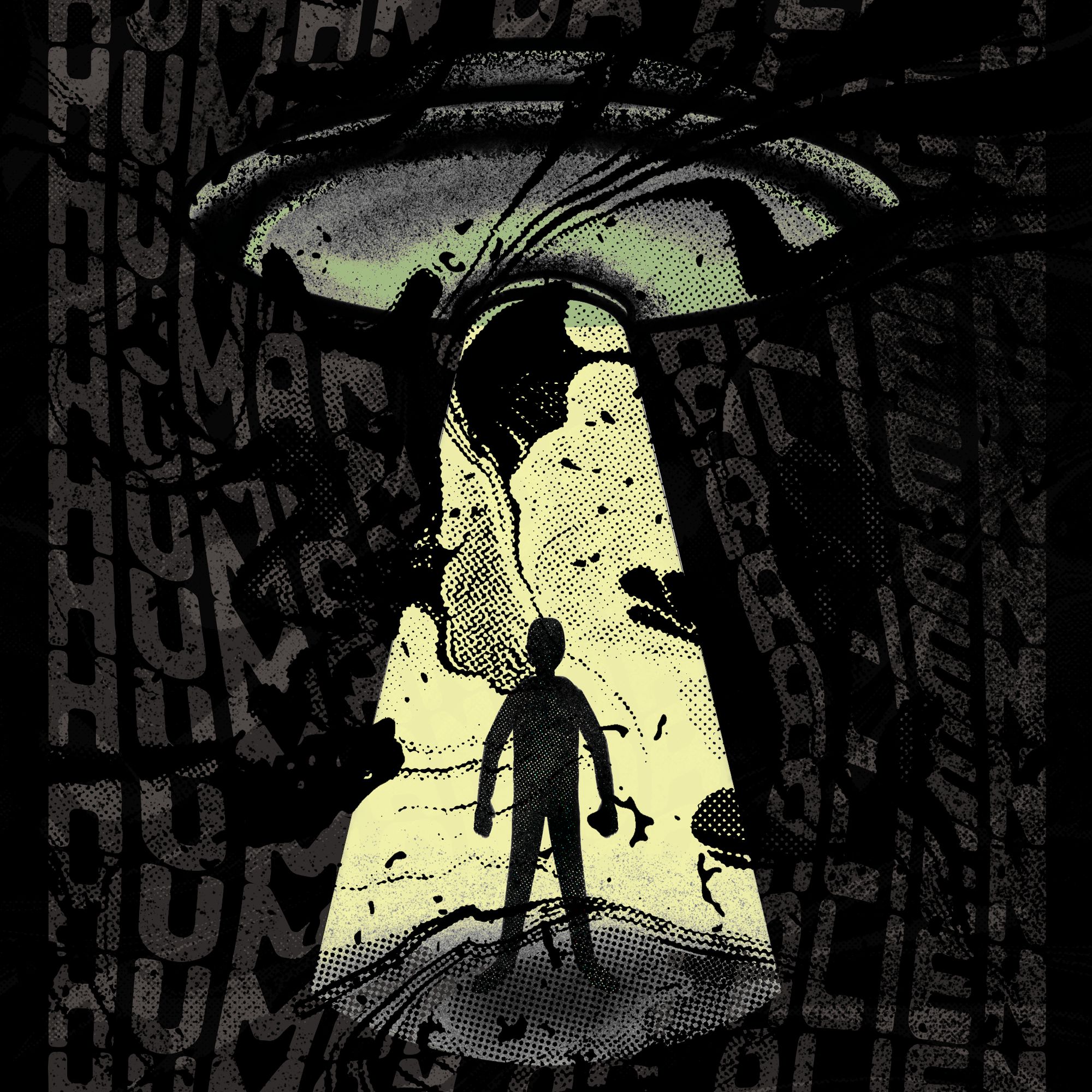Thoughts on some Victorian aliens
Musings about the appearance of the airship crews during the 1897 UFO flap.

As I've researched the mystery airship flap of 1897 for my podcast, I've been puzzled by the descriptions of the ships' crews. As I'll talk about in the episode that drops this Friday, the visitors seem human, sometimes engaging in extremely mundane small talk. And that's got me wondering why, especially when so many later UFO sightings seemed to include strange-looking, non-human visitors.
I wonder if the apparent humanity of the airships' crews just a reflection of society at the time. If the "intention" (to the extent that there was any) of the airships was to surprise people or catch their attention, then maybe there didn’t need to be outlandish stories of aliens that looked different from humans. Their flying machines were already so technologically advanced that they would be notable and make headlines.
This made me think of Childhood's End by Arthur C. Clarke. I've read the book a few times, but not in the last decade, so there's a real possibility that I'm messing up some details here (especially because I'm pretty sure I've read all of Arthur C. Clarke's books that came out prior to 1990 or so, so I'm liable to mix them up a bit[1]). So please don't take this description of the book as 100% factual. If I'm misinterpreting or misremembering the book, however, I'm doing it in a way that gave me some thoughts about the 1897 airship crews.
In Childhood's End, aliens broker peace among humans, but don't allow the humans to see what they look like. Then, after enough time has passed that humans have shed their old religious beliefs, the aliens are revealed to look like stereotypical "demons" or "devils" in Christian iconography, complete with cloven hooves, horns, a barbed tail, and wings. Basically, the idea was that the aliens had to wait for humans to become less entrenched in their religious beliefs, so that when the aliens' true form was finally revealed, people wouldn't freak out.
That got me wondering about these 1897 airships. Would more unusual-looking pilots offend the witnesses' Victorian sensibilities? Would they render reports too outlandish to be published? (Maybe newspaper editors could believe in mystery airships, but not mystery airships flown by strange entities?)
Perhaps the visitors actually looked like the typical aliens that witnesses have described in the 20th and 21st centuries, but they employed screen memories to avoid freaking out witnesses. (Just like the aliens in Childhood's End hid.)
Perhaps in the 20th century, when humans started making decent flying machines, people may have been less impressed by UFOs from a technological standpoint, so the visitors could afford to look less human. (Though, one tidbit that I couldn't help thinking about was that apparently in some versions of the Roswell story, the aliens wore Victorian clothing.[2] I can't quite decide how that's related, but it feels related.)
Or maybe it's the opposite. Is the phenomena trying to be shocking? In the late 19th century, it would have been easy to shock people with advanced flying machines, but as time went on, they needed to pull out the stops to get people's attention. In a world where airplanes and helicopters are unremarkable, the strangeness of UFOs' inhabitants would mark them as special.
It's just a theory, and I'm not totally sure that I stand by it. But it's been an interesting thing to consider as I've done this research.
[1] And I know you're wondering what my favorite Arthur C. Clarke book was when I was a kid; it was Rendezvous with Rama.
[2] I learned this from watching the episode of The Invisible Night School featuring Curt Collins; that fact comes up around the 1:17:00 mark.

